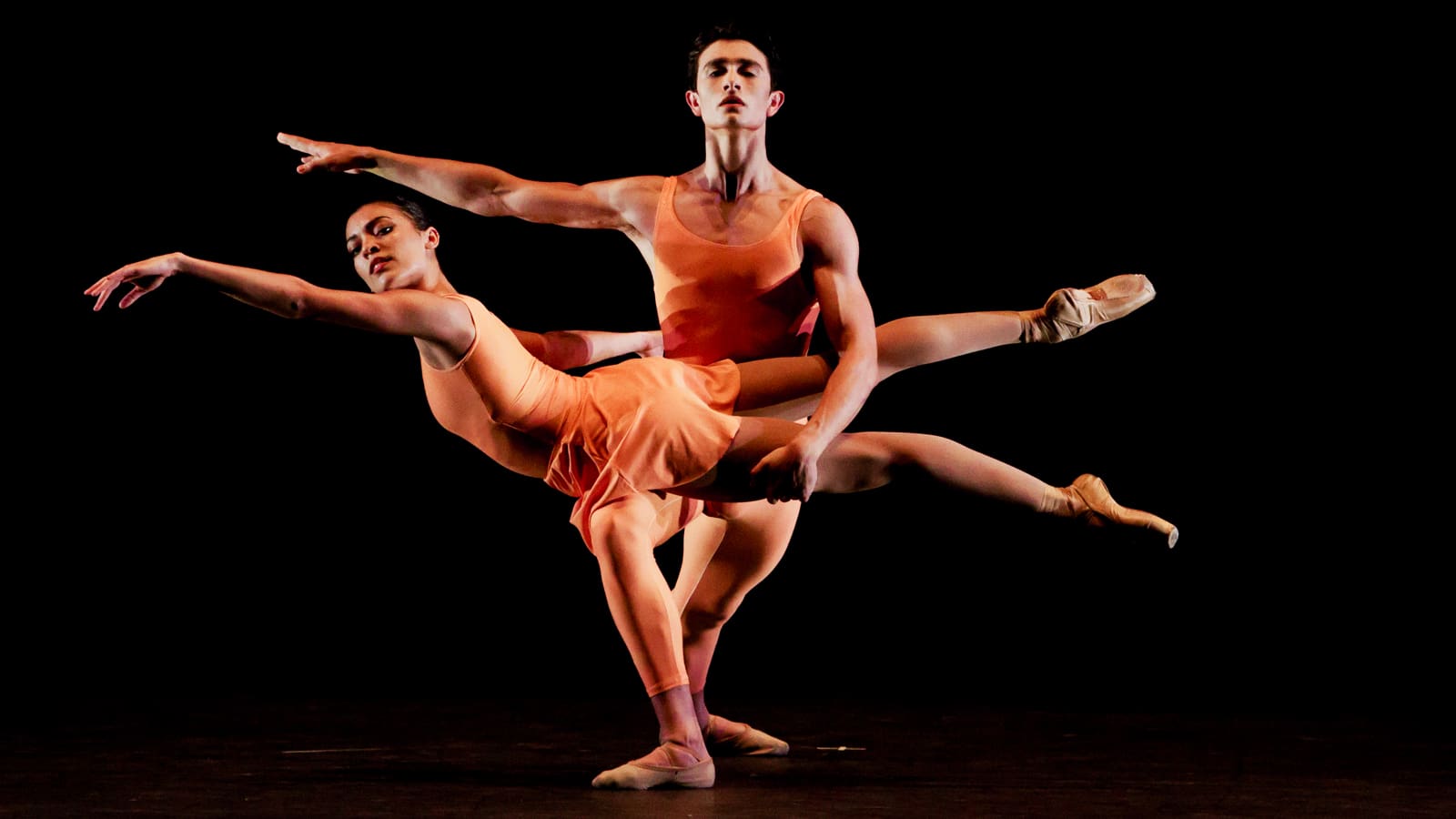The Go Between performed by Madison Brown, Kayke Carvalho, Yeonseo Choi, Brady Farrar, Lilia Greyeyes, Vince Pelegrin, Sylvie Squires, and Alejandro Valera Outlaw of ABT Studio Company. Photo by Jojo Mamangun
On its third visit to the Philippines, the American Ballet Studio Company stunned its audience once more in a one-night-only performance at the Samsung Theater on the eve of April 20, this time with guest artist, multi-awarded pianist, Cecile Licad. The American Ballet Theater is traditionally known to stage well-known, full-length ballet, before transitioning to presenting pieces in the modern genre, as seen that evening.
Modern dance is said to have sprung out of a rebellion towards the classical genre sometime in the early 20th century. Unlike the classical, full length dance narratives that ABT repertoires are known for, the modern dance genre delves into social issues, more often focusing on a single concern, pulled out at length through steps and moves, disregarding the classical dance norm, and employing more freedom of movement. The majority of pieces in that night’s performance leaned more towards this direction.
In the evening’s repertoire, apart from Ms. Licad’s performance of Chopin’s Etude Op. 25, there were only two classical ballet pieces, the Pas De Deux from Vasily Vainonen’s “Flames of Paris,” and George Balanchine’s “Tchaikovsky’s Pas De Deux,” which was originally choreographed for Swan Lake’s third act and first presented by the New York City Ballet in 1960.
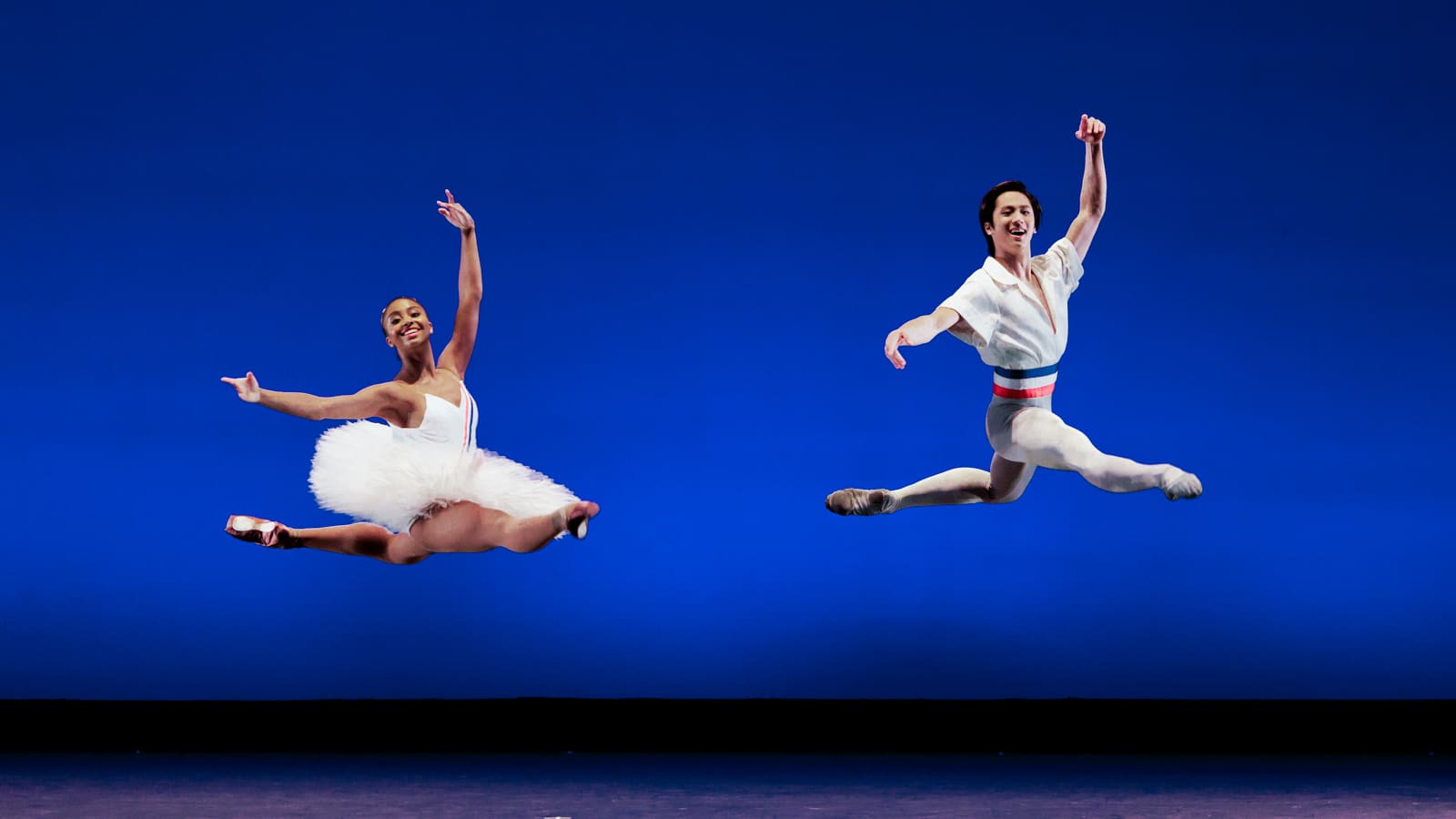
“Flames of Paris” was performed by African American Ballerina, Maddie Brown and Japanese danseur Takumi Miyake. The pairing of two strong muscular lead dancers gave a stronger athletic interpretation of this ballet. Adding to the bravura of the choreography was Miyake’s spectacular barrel turns executed on a diagonal, almost horizontal angle, instead of the usual vertical, while still landing on one knee, with one arm extended. Ms. Brown’s series of fouettes, the circular whipping movement of the leg raised in a la seconde, were strong and immovable in one spot, as it should be.
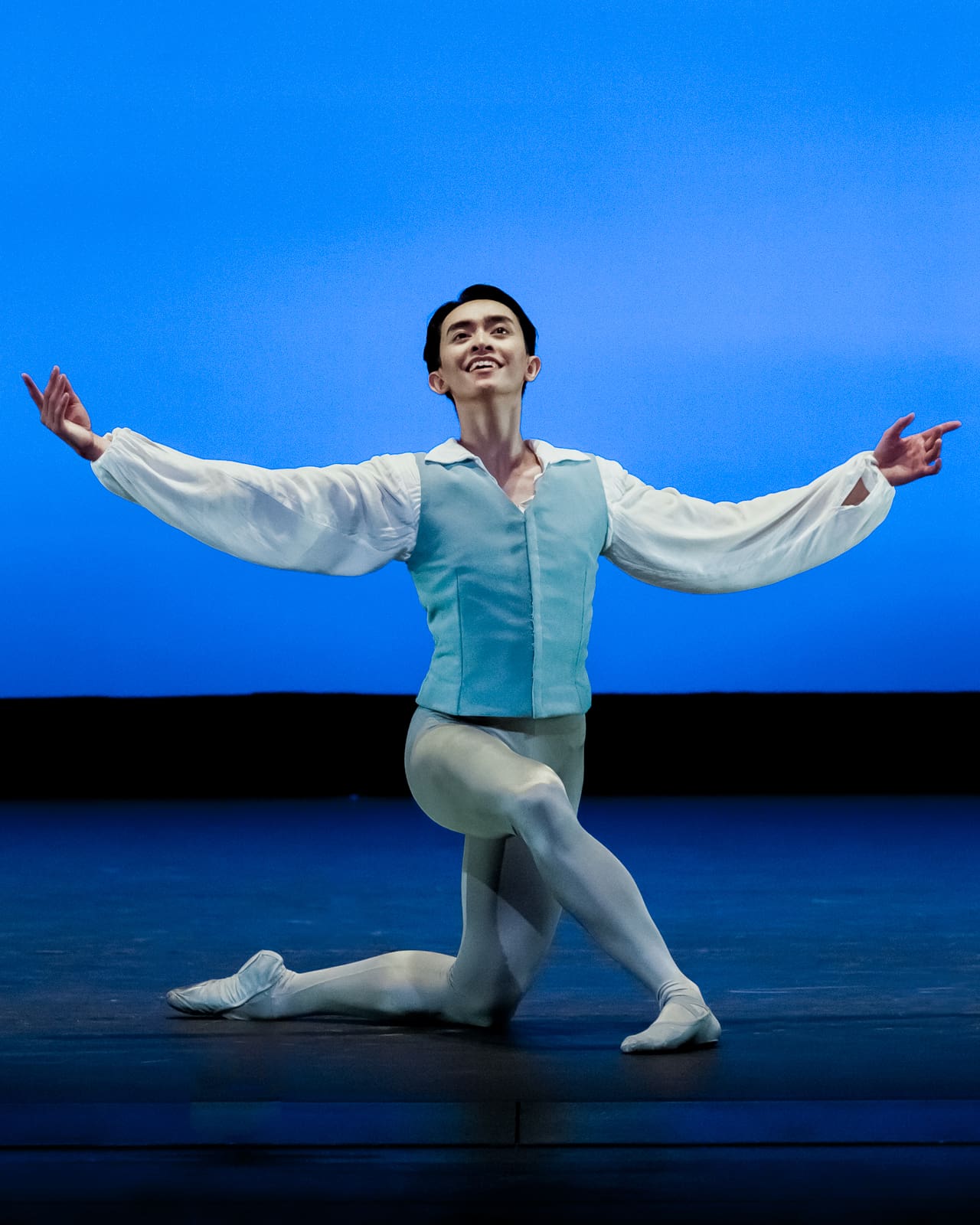
In contrast, “Tchakovsky’s Pas de Deux” was danced gracefully by Sylvie Squires, a silver medalist at the World ballet Competition in Florida and Manila-born Vince Pellegrin, a stellar product of Sofia Elizalde’s Steps Dance Studio in Makati.
The other five pieces were new modern/neo-classical pieces by young choreographers:
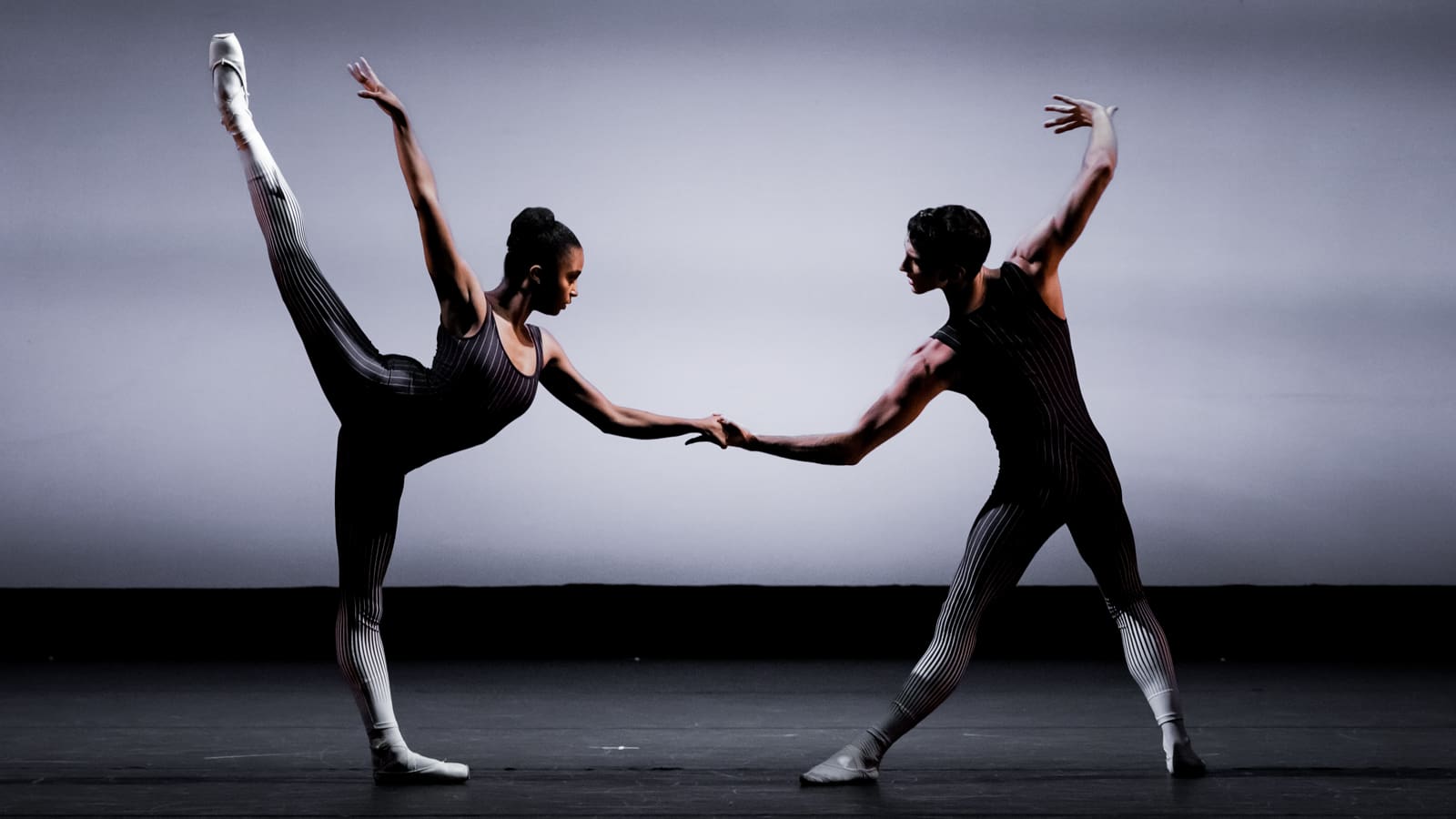
“Knife’s Edge” explains choreographer Houston Thomas, deconstructs traditional ballet steps, where “movements, positions, and rules are either followed or broken,” embodying the meaning of the title with the music acting “as a guidance, dictating time and movement.” It was danced by Madison Brown, Kayke Carvalho, YeonSeo Choi, Kyra Coco, Takumi Miyake, Silvie Squires, and Alejandro Valera Outlaw.
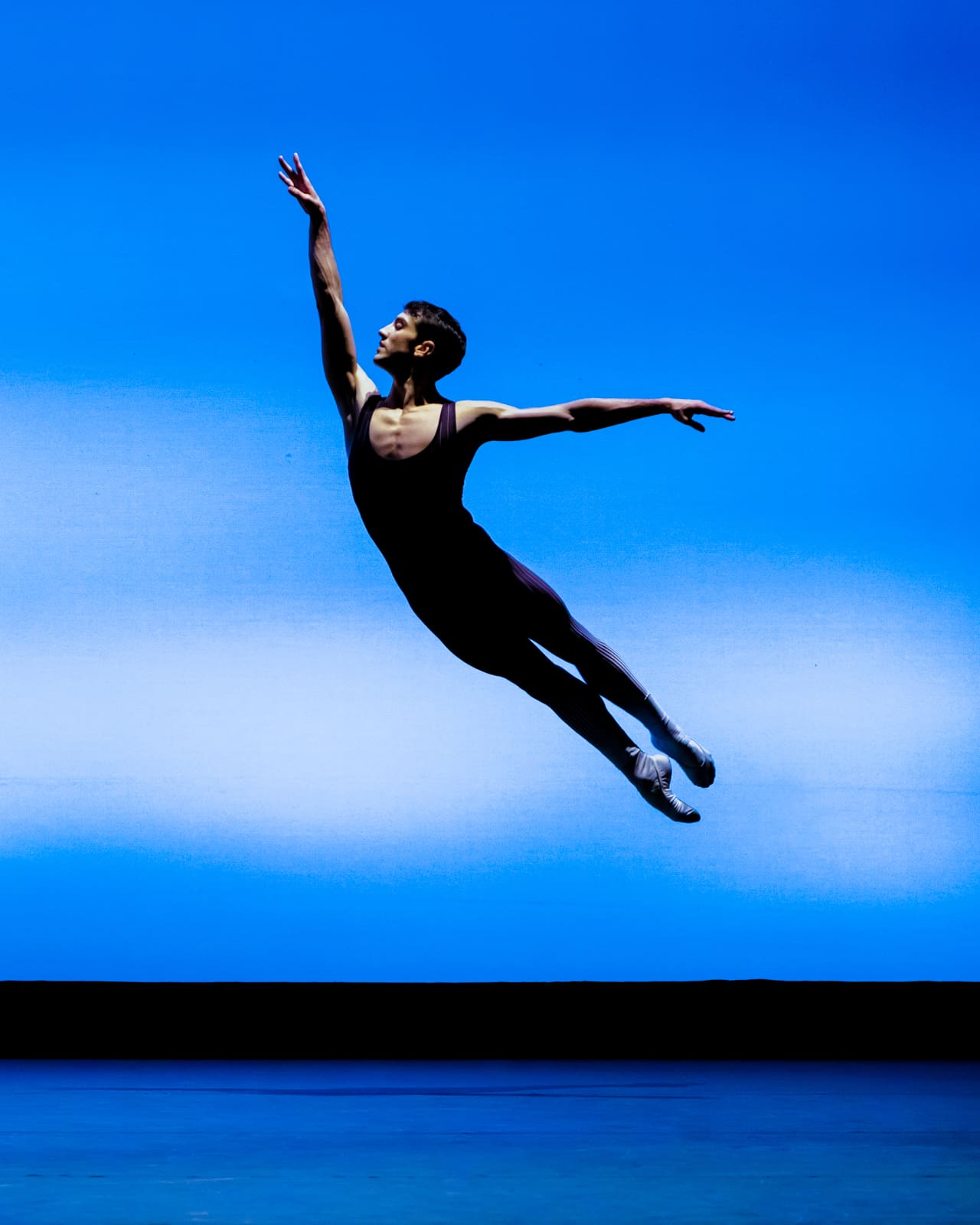
A notable moment came about when Aleisha Walker’s “Do You Care?,” which won the Young Creation Award at the Prix de Lausanne, was performed by Brady Farrar. Ms. Walker’s seminal piece mirrors a difficult period in her life where other people’s perceptions of her rendered her stagnant. Inspiration struck from the unlikeliest sources: actor Jim Carey reminded her that “others cannot hold you back from moving forward…progress is yours to achieve”. Dancer Farrar interpreted the theme of “controlled chaos” with his natural hyperextensions and elastic-like moves, finishing in restrained stops with the intensity of his expression contrasting the fluidity of his movements. Having performed with Twyla Tharp Dance, Farrar may have been influenced by Ms.Tharp’s unstructured, choreographic style that centers on musicality and rhythmic organization, showing off the freer movement inherent in his interpretation.
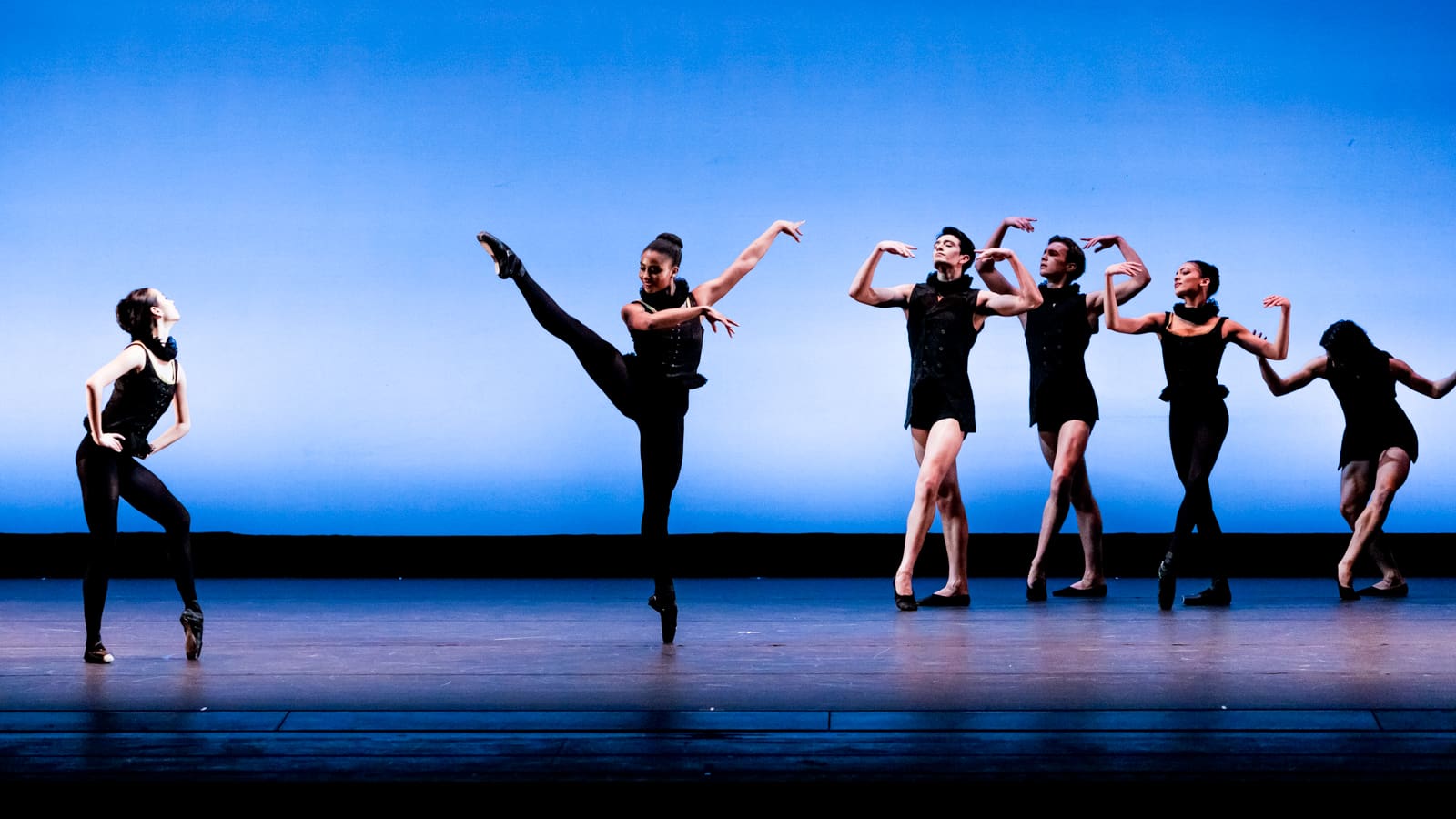
“If it ain’t BA-ROQUE” by Hope Boykin had for its score a mashup of the genre’s composers, Agostino Steffani, George Frederic Handel and Antonio Vivaldi, and sung by Italian soprano, “Baroque Queen” Cecilla Bartoli. Performed by Madison Brown, Finnian Carmeci, Kyra Coco, Brady Farrar, Lilia Greyeyes, and Takumi Miyake, the modern technique and jazz movements blended in syncopated and counter rhythms, underlining choreographer Boykin’s intent to “create a world of new and old, classic and contemporary. The piece demands from the dancers a focused sense of musicality, akin to the technique of flamenco where the steps counter the rhythms of the “quadro”: the cantaor, the guitarist, the palmas and/or cajón.
“Tatum Pole Boogie” by Daniel Ulbricht was a solo performed by Filipino dancer, Vince Pelegrin, accompanied by Ms. Licad. With his slight frame, he was deft in his footwork that required speed as well as musicality.
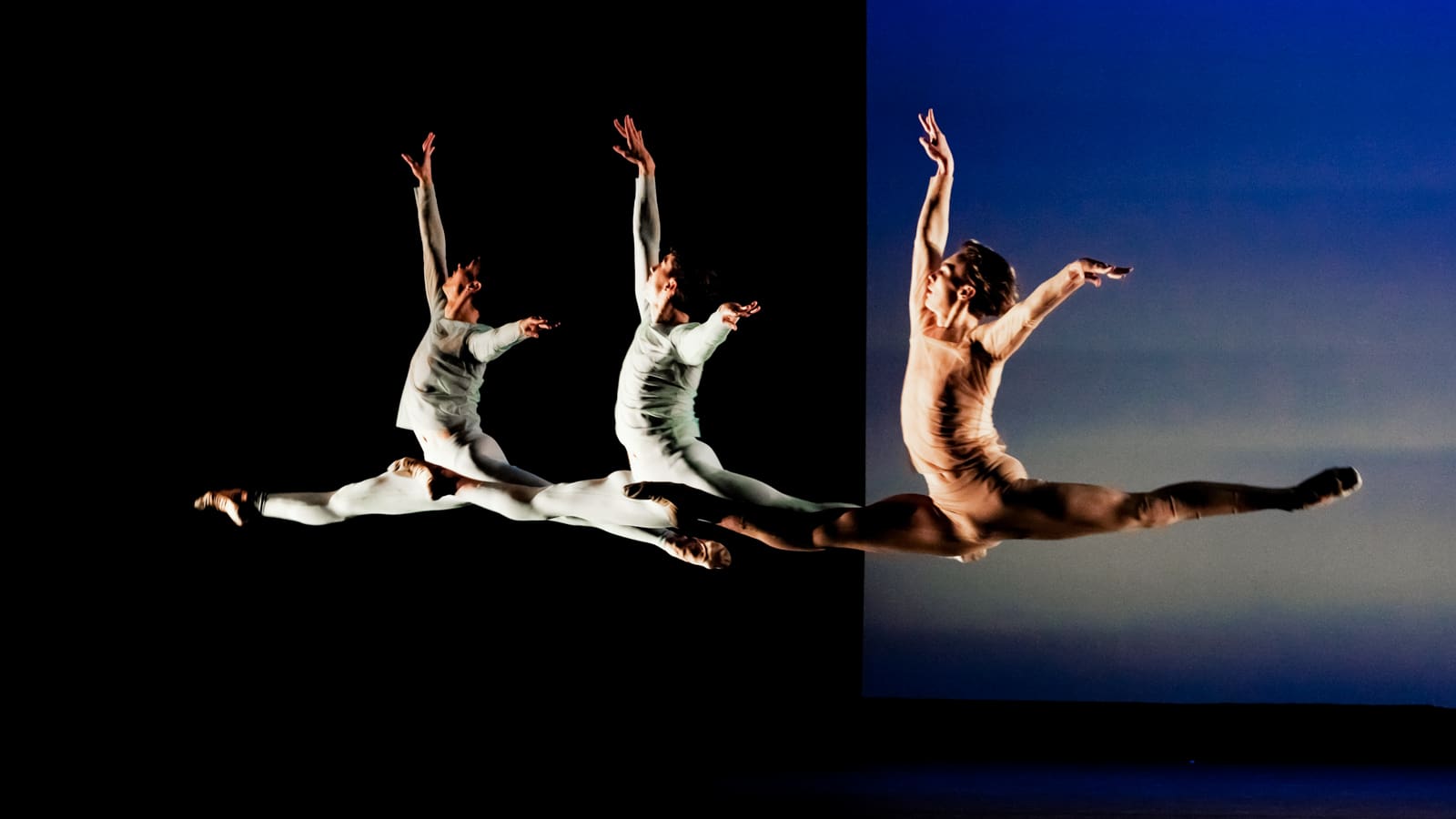
As a final number, Domenico Scarlati’s 5 chosen sonatas were also performed by Ms. Licad, and served as the accompaniment for Gemma Bond’s “The Go Between,” whose narrative was based on Leslie Poles Hartley’s most famous novel of the same title about a young boy’s observations of a society, where he describes the past as “a foreign country” as he expresses his views of a “better, sunnier time,” articulated by joyful energetic steps requiring an amount of athleticism.

Diversity was highlighted in this year’s presentation, which altogether showcased not only the dancers’ mastery of each proposed dance genre, but also the refreshing youthful and energetic stage presence each one displayed, apart from the young choreographers’ execution and interpretation of their perspectives. For a company like the ABT’s American Ballet Studio Company, watching their performance underscored the fact that classical dance standards have evolved into some sort of hybrid state, opening its doors to a more flexible acceptance of various dance genres as well as classic body types. In all, it was a multi-layered evening of music and movement with noble intent, as the Studio Company, whose primary purpose is for the development of dancers, choreographers and audiences continues its advocacy. It is the transitory vehicle that trains its members in becoming professional dance performers. Headed by its artistic director, Sascha Radetsky, and his wife, former ABT Fil-Am principal dancer, Stella Abrera, who is artistic director of the ABT Jaqueline Kennedy Onassis School, the Company, through its fund raising performances, has been consistently in support of Ayala’s Centex school projects for teacher training, livelihood skills, values education workshops and repairs for school facilities in Batangas and Tondo.
